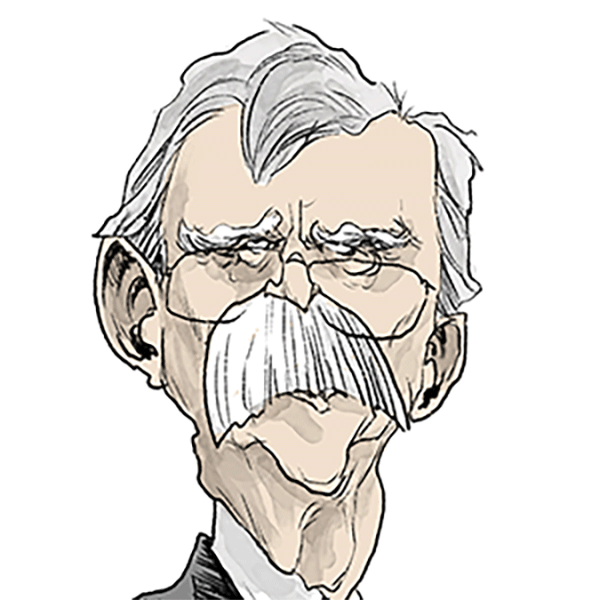Unemployment Benefits: Unemployment and Poverty - Understanding the Relationship and Alleviating the Burden
Published in BenefitsWise
The connection between unemployment and poverty is a complex and multifaceted one, creating a cycle that is often difficult to break. Unemployment, the state of being without a paid job, can lead to poverty by depriving individuals of the income needed to meet their basic needs. In turn, poverty can make finding and maintaining employment more challenging due to barriers like lack of education and limited access to resources.
The relationship between unemployment and poverty is marked by a series of intertwined causes and effects. When individuals are unemployed, they lack the financial means to access essential goods and services, pushing them below the poverty line. This deprivation impacts their ability to afford adequate nutrition, shelter, healthcare, and education, further diminishing their prospects of securing stable employment.
Conversely, those living in poverty often face impediments that hinder their access to employment opportunities. These barriers include inadequate education and training, poor health, lack of transportation, and limited access to childcare. Such challenges further entrench individuals in poverty, creating a vicious cycle of unemployment and economic hardship.
Given the intertwined nature of unemployment and poverty, holistic poverty alleviation strategies are essential in addressing both issues simultaneously. A multifaceted approach that includes education and skills training is pivotal in enhancing employability and breaking the cycle of poverty. By equipping individuals with the knowledge and skills needed for the contemporary job market, we can improve their chances of finding stable, well-paying jobs.
Further, the implementation of comprehensive social protection programs is crucial in alleviating the immediate impact of poverty. Such programs, including unemployment benefits, food assistance, and housing support, can provide a safety net for those struggling with unemployment and poverty, ensuring access to basic needs and services.
Enhancing access to healthcare is another key component of poverty alleviation strategies. By addressing health disparities and ensuring access to medical services, we can improve the overall well-being and productivity of individuals, making it easier for them to pursue employment opportunities.
Moreover, fostering economic development and creating job opportunities in impoverished areas is integral to reducing unemployment and poverty. Investments in local businesses, infrastructure projects, and community development can stimulate economic growth and generate employment, offering a sustainable pathway out of poverty.
Lastly, empowering communities through participatory approaches can lead to more inclusive and effective poverty alleviation strategies. By involving local communities in decision-making processes, we can ensure that interventions are tailored to the specific needs and circumstances of the individuals affected.
In conclusion, the intricate relationship between unemployment and poverty necessitates comprehensive and inclusive strategies to tackle both issues. By enhancing education, ensuring social protection, improving access to healthcare, fostering economic development, and empowering communities, we can alleviate poverty and enhance employment prospects, breaking the enduring cycle of deprivation and hardship.
Note: These articles are not a substitute for professional financial or legal advice. Always consult professionals for your specific needs.
This article was generated by Open AI with human guidance and editing along the way.





























Comments